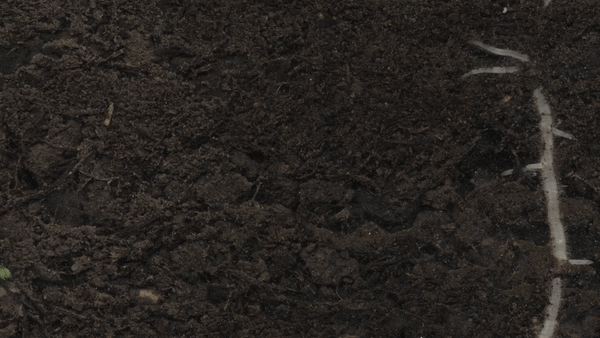
When photography is used to collect data about physical objects, organisms and their environment it is often referred to as photogrammetry. The observation of changing landscapes through satellite imaging or ecosystem response via stationary cameras is a widely used technique. Nonetheless, direct time resolved photography in the context of soil research has so far not been thoroughly explored.
The use of (sometimes modified) scanners for creating time-lapse videos of root growth, composting, insect behaviour, etc. is well established and often generates highly aesthetic imagery. There are many advantages of using scanners instead of cameras: after some waterproofing, scanners can be literally buried in whatever material you would like to observe. They illuminate the object/organisms only for a comparatively short time and record high resolution images. Also, since they have a fixed focus and a stable distance to the object (none), several common sources of error are eliminated.
During PIFcamp Julian Chollet will experiment with time-resolved DIY-Photogrammetry to investigate soil structure and humus accumulation as part of the ongoing HUMUS sapiens – open soil research program. The techniques as well as the results will be documented and shared with the community to promote open-source approaches for soil analysis and regeneration. HUMUS sapiens represents a compilation of soil explorations emerging from the networks of mikroBIOMIK, Hackteria, and Gasthaus – with the ambition to bring DIY (do-it-yourself) and DIWO (do-it-with-others) approaches as well as an open-source-based “hacker spirit” into soil ecology. Participants are invited to reflect on current scientific discourses and critical societal challenges through hands-on tinkering and curiosity-driven research.